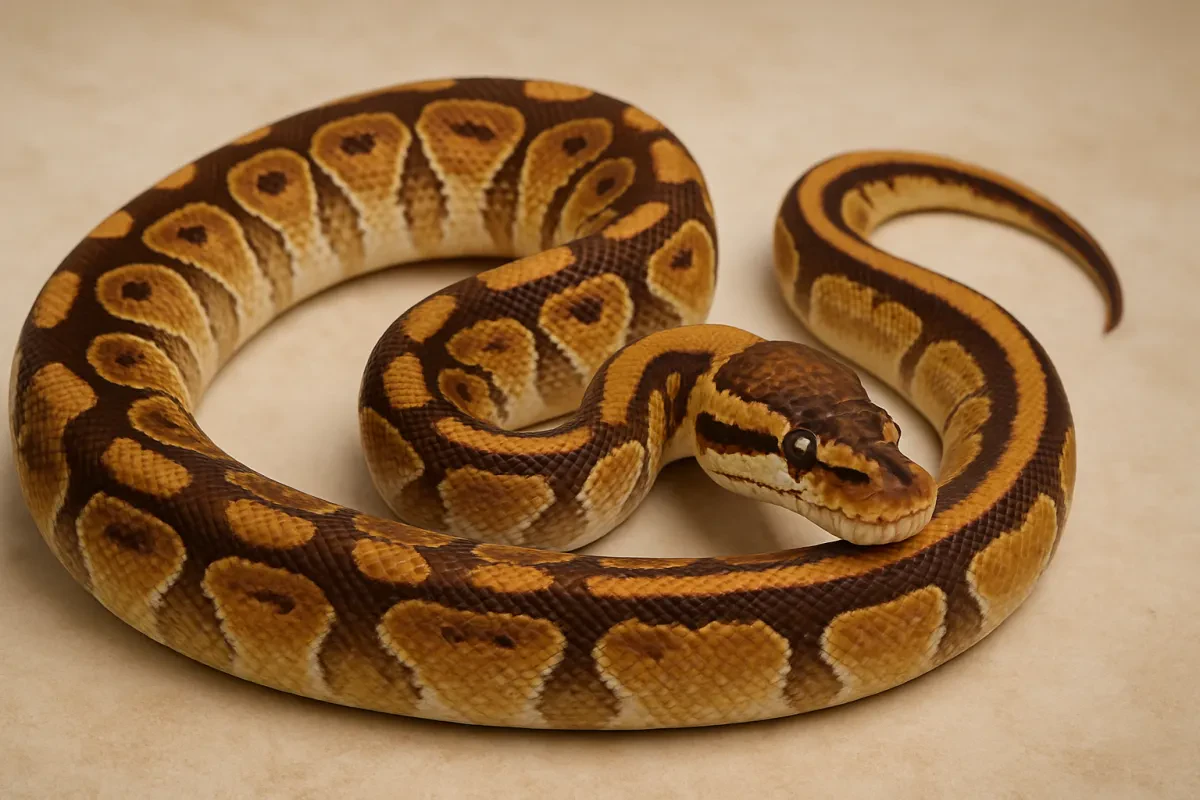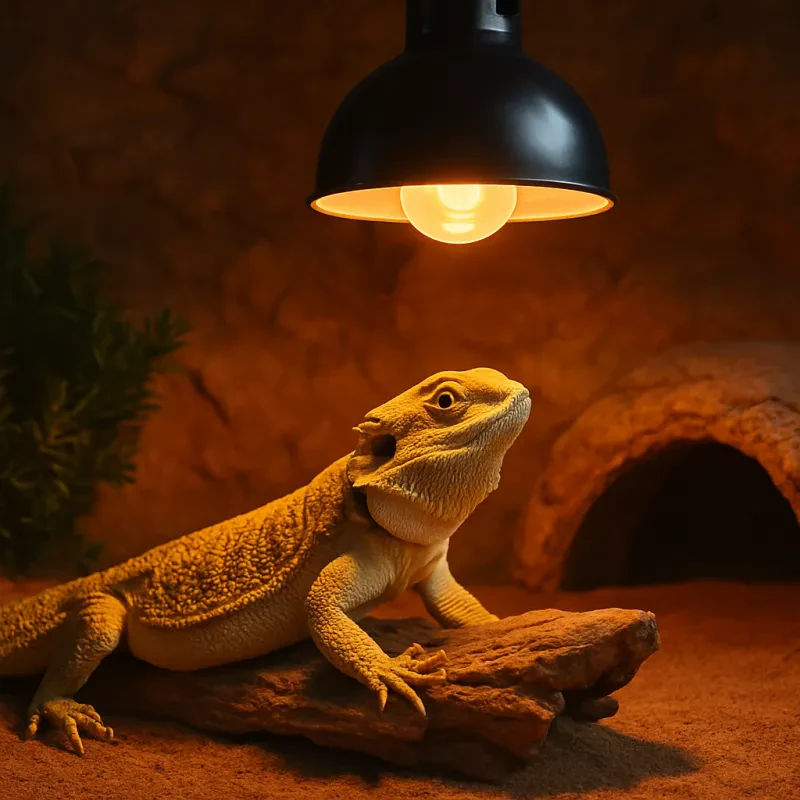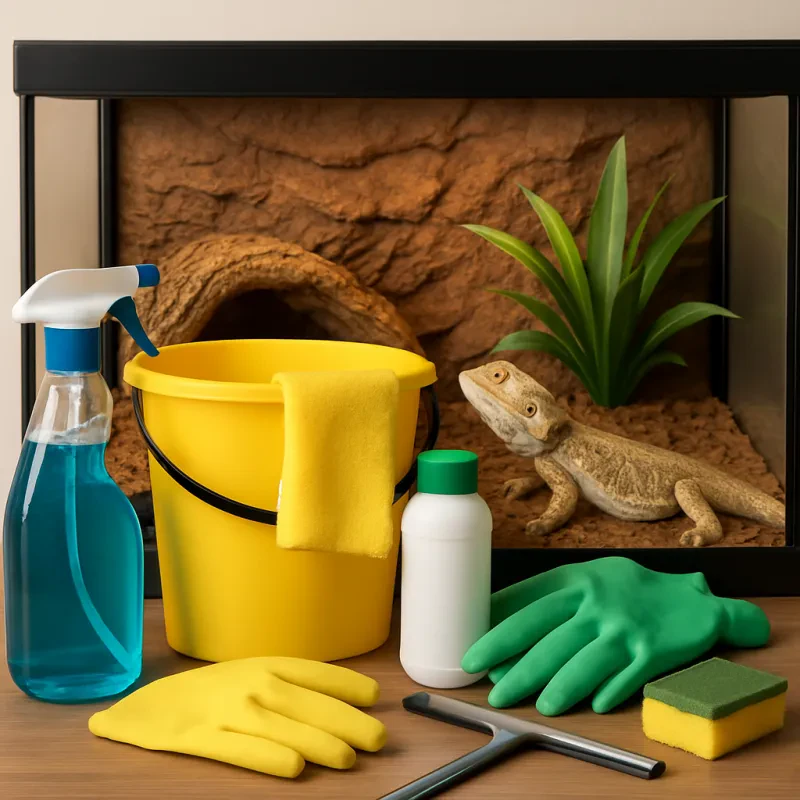First off, let’s talk about how snakes explore their environment. They love to move around and check things out, using their tongues to "taste" the air. If your snake is out and about, it’s just being curious. When they’re coiling up or hiding, don’t panic; they’re usually feeling secure in their little hidey spots! Snakes as pets find comfort in small, dark places, so make sure they have a cozy hide to retreat to.
Feeding behavior is another crucial aspect. Snakes have a pretty intense focus during mealtime. If your snake is actively looking for food or tracking a prey item, that’s a good sign they’re healthy and hungry! On the flip side, if they’re refusing to eat, it could signal stress or an unsuitable environment. Keep an eye on their feeding schedule and adjust if necessary.
Temperature matters too. Snakes are ectothermic, which means they rely on external heat sources to regulate their body temperature. If your snake is sitting by the heat lamp, they’re probably trying to warm up. If they’re hanging out on the cool side, they might be trying to cool down. Make sure their habitat has a good gradient so they can choose their comfort zone.
Lastly, watch for defensive behavior. When snakes feel threatened, they might hiss, strike, or puff up. This isn’t a sign of a "bad" snake; it just shows they’re scared. Always respect their space and give them room to feel safe. With some understanding of snake behavior, you’ll form a strong bond with your snakes as pets, making your journey together even more enjoyable!
Choosing the Right Snake Species
When you're thinking about getting snakes as pets, picking the right species is super important. Not all snakes are the same, and some are easier to care for than others. If you're a beginner, you'll want to choose a snake that's known for being friendly and easy-going.
For example, the corn snake is a fantastic choice for first-time owners. They're generally calm and grow to a manageable size—usually around 4 to 6 feet long. Plus, they come in lots of cool colors and patterns, making them a fun addition to your home.
Another good option is the ball python. These guys are also known for their docile nature, which makes handling a breeze. They typically stay around 3 to 5 feet long, and their round body shape gives them a distinctive look. Just be ready for their occasional shy moments; they like to ball up when they're feeling a bit shy!
Keep in mind, though, some species require more advanced care than others, like temperature and humidity control. Always do your homework before bringing a new snake into your life. Think about how much space you have, what kind of setup you can provide, and how much time you can dedicate to their care. Making the right choice on species means happier snakes as pets and a more enjoyable experience for you!
Setting Up a Comfortable Habitat
Heating is super important too. Snakes are cold-blooded, which means they rely on their environment to regulate their body temperature. Use a heat mat or heat lamp to create a warm side and cool side in the tank. This way, your snake can choose where it feels comfortable. Keep an eye on the temperature to make sure it stays in the right range for your specific type of snake.
Don’t forget about humidity! A lot of snakes need a certain level of humidity to stay healthy. You can add plants, a water bowl, or even mist the tank occasionally. Just check the humidity levels regularly to be sure it’s just right. Adding hides, like logs or caves, will help your snake feel safe and secure—a must for keeping your pet happy.
Finally, choosing the right substrate is key. Some great options include aspen shavings, coconut husk, or even paper towels for easy cleanup. Each substrate has its benefits, so consider what works best for you and your snake. With a cozy, well-maintained habitat, your snakes as pets will thrive and be much happier in their new home!
Feeding and Caring for Your Snake
Feeding your snake is one of the most important parts of caring for it. Snakes as pets usually eat whole prey like mice or rats, depending on their size. You’ll want to choose the right size for your snake. A good rule of thumb is to feed prey that's about the same width as your snake’s body. Using frozen or pre-killed food is safer, and it also cuts down on smells.
When it comes to how often you should feed them, it really depends on the age and size of your snake. Younger snakes usually need to eat once a week, while adults can eat every two weeks. Watch for signs your snake is hungry, like being more active or trying to escape its enclosure. But be careful! If you feed your snake too much, it can lead to health issues.
Caring for your snake goes beyond just feeding. You need to keep their habitat clean and provide a proper temperature gradient. Snakes like it warm, so a heat source is essential for them to regulate their body temperature. Make sure there are places for them to hide and explore. A mix of substrate can also help; some snakes enjoy burrowing while others prefer climbing surfaces.
Lastly, hydration is key! Always provide fresh water in a bowl that’s easy to access. Clean it regularly to prevent bacteria build-up. If you're getting a snake as a pet, being attentive to these needs will help your new buddy thrive and live a long, healthy life. Happy snake keeping!







